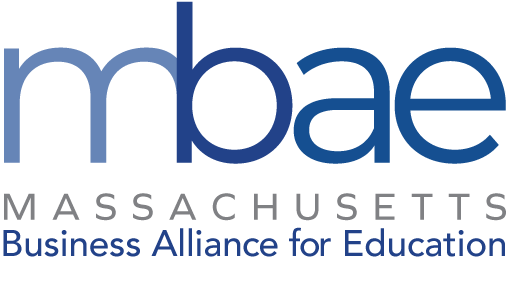Governor Urges Business and Civic Leaders to Advocate for Reforms to Accompany Increases in Education Funding
May 14, 2019Business Groups Detail Elements of School Funding Reform Bill
June 12, 2019In our last post, we showed that state and local spending on public K-12 education in Massachusetts is about the same as what we spend on MassHealth, the largest item in the state budget each year. According to state law, how much state and local governments must spend on education is determined by the number and characteristics of the students they serve. The formula allocates a set amount of money per student and then provides districts with additional money to meet the needs of special education students, English language learners, and lower income students. Enrolment and funding are therefore closely linked. In this post, we look at how many students are enrolled in public K-12 education and how that has changed over time.
We have 951,631 students enrolled in public K-12 education in Massachusetts (http://profiles.doe.mass.edu/statereport/enrollmentbygrade.aspx)
- Ninety-six percent of these students go to traditional public schools, and 4 percent go to charter schools. Charter schools are public schools, but they often report to a school board that is separate from the district’s school committee.
- The state education system serves students at a massive scale. It’s also very complicated. There are 406 school districts, more than one per town. This is because there are regional, vocational, agricultural and charter districts in addition to districts that serve just one town.
- Some students do not attend the public system. About 80,000 students go to private and parochial schools and 7,000 students are home schooled. (http://profiles.doe.mass.edu/statereport/schoolattendingchildren.aspx)

The number of students in Massachusetts has been declining in recent years
- It peaked in in 2002-03 at 983,313 public school students.
- Declining enrollment can pose challenges from a budget perspective. In principle, fewer students means that less money is needed. However, having invested in schools and personnel, school districts are not always in a position to reduce expenditures.
Student demographics are also changing
- The percentage of white students has declined from 69 percent in 2009 to 59 percent in 2019. The share of Hispanic students has increased. It stands as 21 percent now, up from 15 percent in 2009. Black students have increased one percentage point to 9 percent. Asian students have increased two percentage points to 7 percent and multi-race students have increased from 2 percent to 4 percent.
- The percentage of English-language learners is 10.5 percent. In 2009 it was 6.2 percent.
- The percentage of economically disadvantaged students is 31.2 percent. In 2009 the percentage of low-income students – a slightly different measure – was 32.9 percent. The way the state counts low-income students changed between 2009 and 2019, meaning that a direct comparison is not possible. In general, the previous measure likely classified a greater proportion of the student body as low-income, meaning that we may be undercounting the number of low-income students when compared to the previous measure.
- The percentage of special education students is 18.1 percent. In 2009 it was 17.1 percent.
Why does this matter?
- Declining student enrollment poses challenges at the state and district level. Because we have a state funding formula that allocates money per student, when enrollment declines, budgets increase less quickly than they have in the past.
- Our schools serve students with greater levels of need, on average, than they have in the past – the percentages of low-income, ELL and special education students have all increased. Meeting the needs of these students often requires more money.
Olivia Handoko provided research assistance and produced the graph in this post. Olivia is an intern working on college and career readiness initiatives and data. She’s a rising junior Statistical and Data Science major at Smith College.
